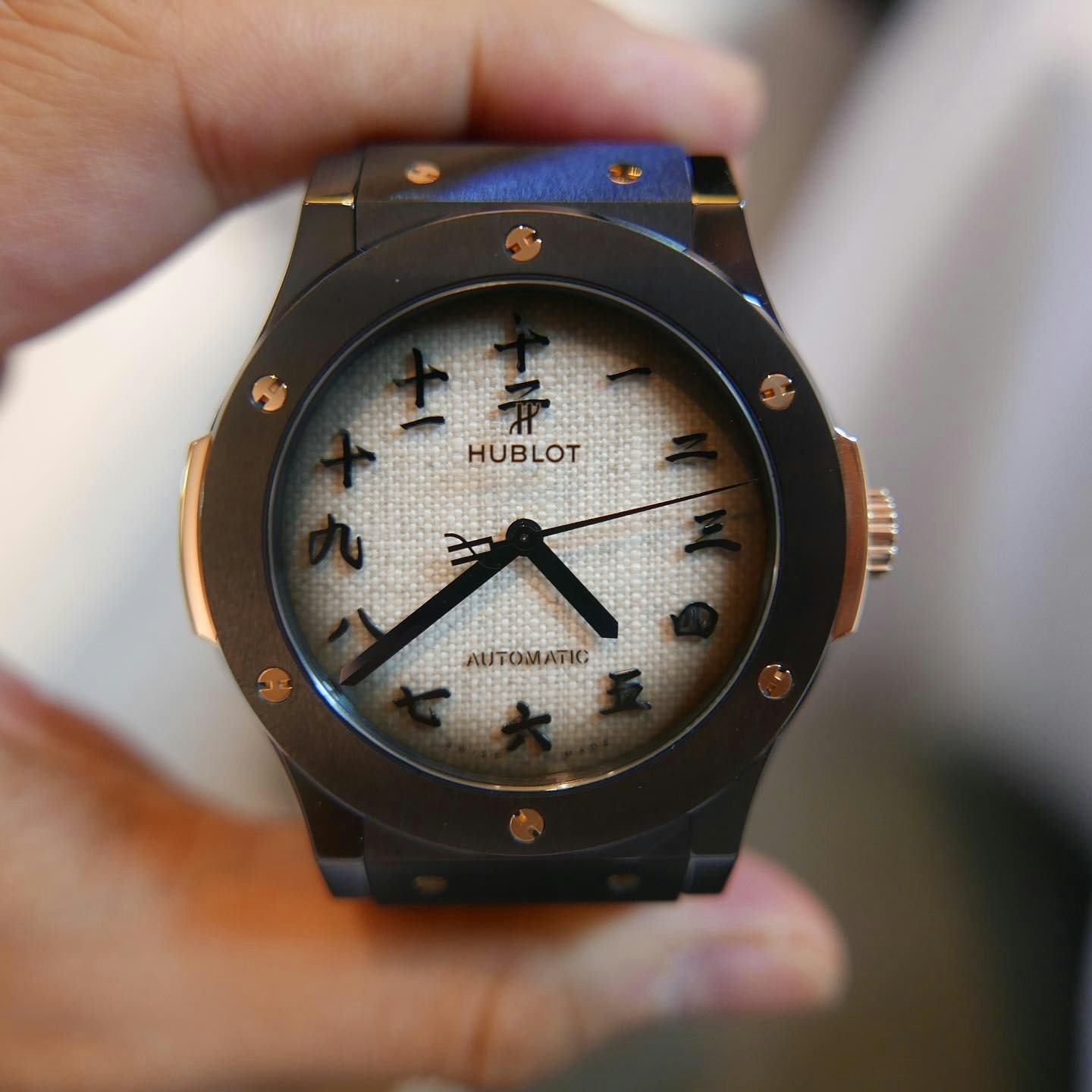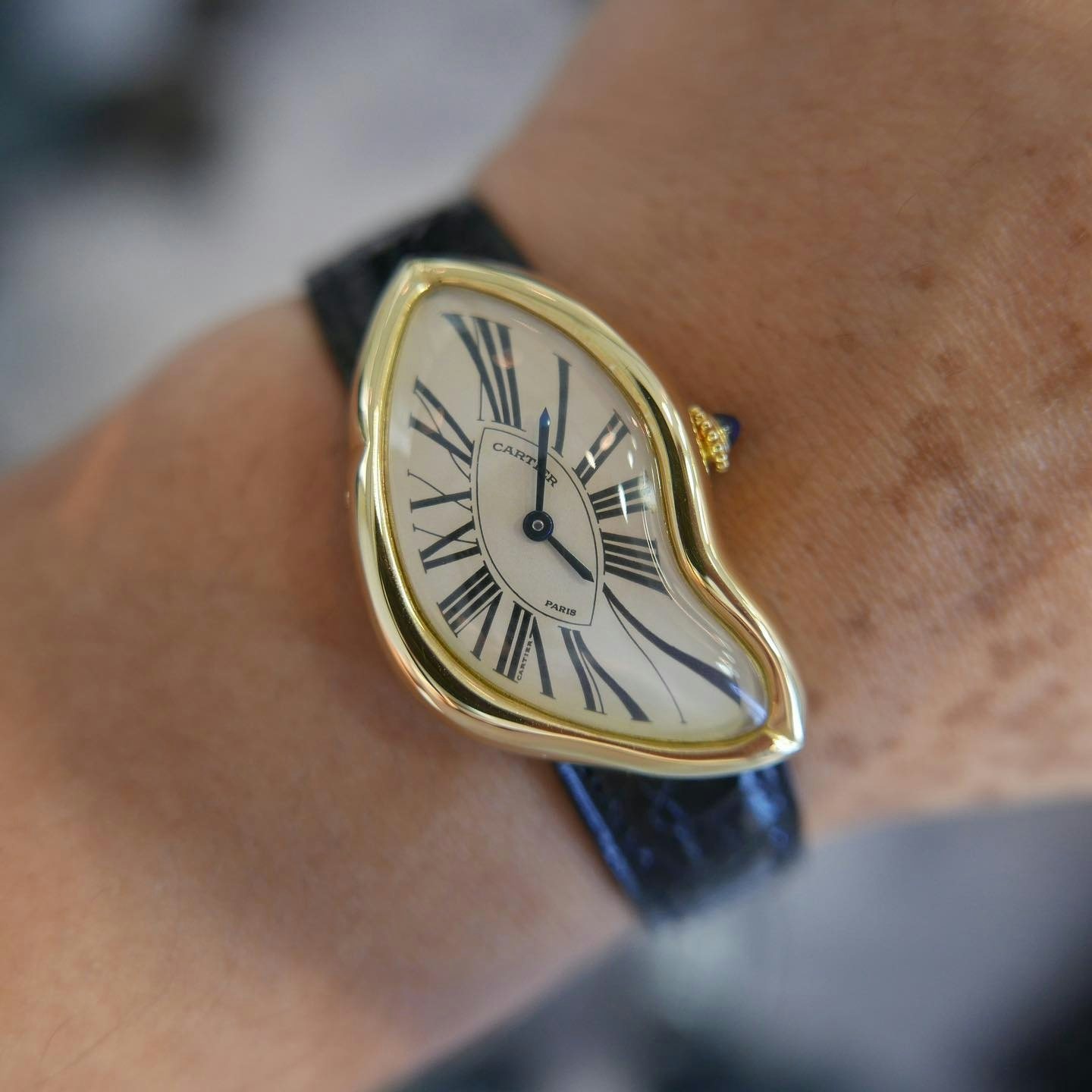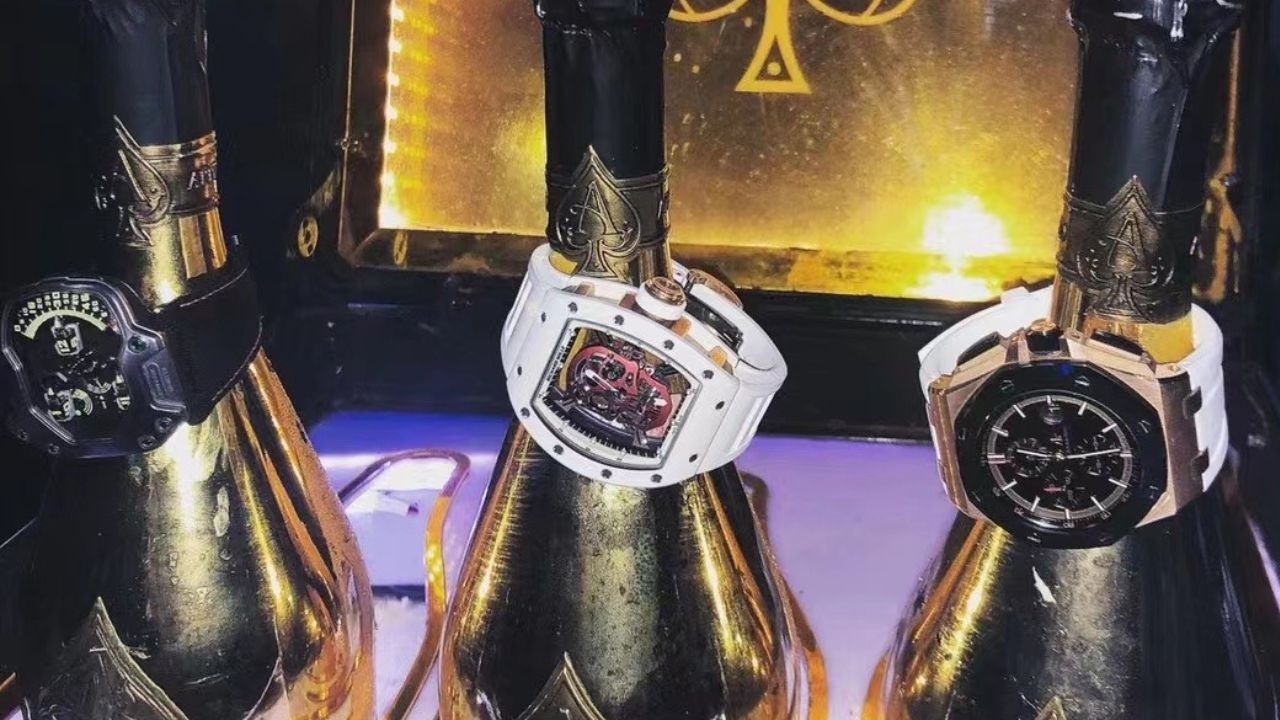“Nobody needs a watch. It’s an emotional object,” says Kelvin Sa, head of the Shanghai Institute of Horology and co-founder of now-defunct Shanghai Watch Gang (SWG). It’s true: technology has made the need for a wristwatch practically obsolete, pivoting the luxury timepiece industry to become an arena of leisurely indulgence.
The SWG was created for those who see watches this way; fanatics coming together to share their passion and knowledge. Sa describes the collector-led community as a club of "misfits" who — prior to 2017 — saw their “love affair with watches as somewhat too private and niche for anyone else to understand.” The group even hosted their own festival in 2019, funded by them each selling one of their timepieces.

Fast forward to 2023 and the "gang" is no longer. China has only just opened again after three years of on-and-off lockdown restrictions. This, coupled with Beijing’s “common prosperity” drive, has significantly impacted the way consumers view conspicuous consumption. Flaunting watches worth thousands of dollars was unsurprisingly not socially agreeable during the height of Covid-19, whereas now, times might be about to change.
As SWG co-founder and now-China consultant for Phillips Auction House, Daniel Sum explains, “watch gatherings during COVID became a thing of the past – it was the wrong atmosphere to celebrate watch collecting, where so many people are struggling and businesses are failing. I would say there is less of a desire to “show off” your pieces, except to people in your inner circle, so that you aren’t being prejudiced.”
The decline of such exhibitionism has given the industry a new look. And as the nation returns to a sense of normality, Jing Daily decided to quiz Sum and Sa on the mainland collector behaviors to watch in 2023.
Chiming with Singapore’s LVMH Watch Week, running January 10 to 12, here’s what you need to know about China’s new era of collectors.
Resale Value Is At The Forefront Of Their Minds#
“New buyers are more about investment and price speculation. They actively search out products that would shoot up in value,” observes Sa. Just like the streetwear industry, timepiece investments are driven by the objects’ future prices. Generation Z is growing up with an awareness of this secondary market, whether that’s sneakers, handbags, or art toys.
Brands are leveraging the focus on resale by producing limited-edition, limited-time-only, and scarce lines of watches; this has generated a new era of “hyped” designs, made even more so through social media’s potential to generate demand — even frenzy.
As a result of this, and the increasing homogeneity of online algorithms, Sa remarks that “consumers are getting to see more of the same things. So I believe consumers don’t get to have a relatively broad picture of what’s out there in the market anymore. It’s way more skewed.”
Mainstream Global Brands Take Center Stage, For Now#
According to Sum, the Chinese are “investment savvy,” maintaining interest in global giants such as Rolex, Richard Mille, Audemars Piguet, FP Journe, and Patek Philippe.
Sa notes that it’s therefore harder for lesser-known outfits to break through the noise on Chinese social media. Since western platforms like Instagram and Youtube are also blocked, smaller foreign labels find it nearly impossible to compete with their mainstream competitors. “Chinese watch media generally doesn’t publicize non-sponsored material, which means that those smaller brands rarely get mainstream coverage,” Sa states.
That being said, independent names like MB&F, Urwerk, and Greubel Forsey are doing better than they used to in China. Sa puts it down to private exposure through local collectors.

The Social Media Influence#
If anything thrived in the three years of China’s Covid lockdowns, it was social media. Due to heightened exposure to these platforms, Sum affirms that “there has been an over saturation of already-popular models, which has led to fatigue. When you see something so often, it loses its exclusivity and magic, especially when increasingly social media content does not always package or show the product in the best light.”
But for the first time in the watch industry’s historic timespan, branding is in the hands of consumers — quite literally. Sa thinks that the starkest effect of social media is how young watch collectors have become extremely knowledgeable about their passion. This new demographic are digital natives, with the power to research products and analyze eventual resale value. Chinese collectors have never been so well-informed.

